Latex beads, also referred to as latex particles, are micrometer sized polystyrene beads made of polymer chains that form a spherical hydrophobic exterior. The beads bind proteins through passive adsorption and can be functionalized with chemical groups to increase binding efficiency, for example towards amine groups on proteins. From here, the multivalent nature of antibodies allows them to bind to antigens on multiple latex beads simultaneously, causing the latex beads to agglutinate.
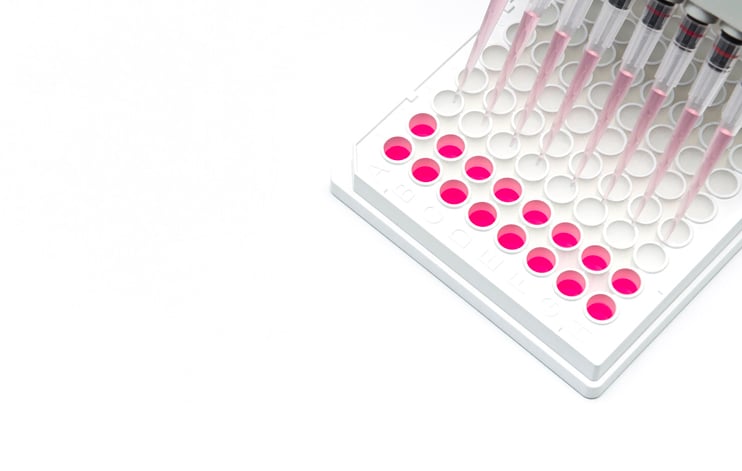
The ELISA (Enzyme Linked ImmunoSorbent Assay) is the gold star immunoassay, used to detect the presence of a target protein. It is the standard procedure that all new assay technology is compared to during research and development. The ELISA is also fundamental to most clinical tests for diagnosing disease because it is highly sensitive, and is currently the best characterized and standardized method.
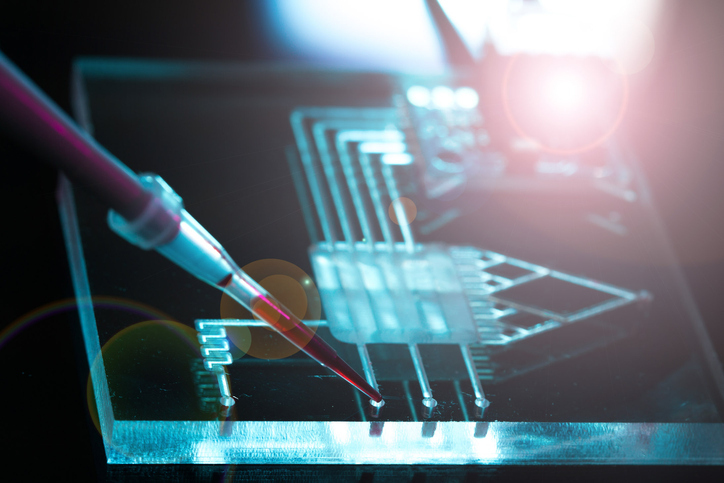
Biodetection and biosensors are widely used for diagnosing disease or infection, point-of-care monitoring and treatment, detecting toxins, environmental monitoring, forensics and research. Biosensing technology has a crucial role to play in future biomedicine and healthcare. Biodetection is a broad term that encompasses the global strategies in place for the detection of biological threats such as pathogens, infectious diseases, and biological weapons. In particular, portable biosensing instruments such as lab-on-chip technologies are opening up new possibilities for biodetection systems identifying outbreaks of infectious pathogens.
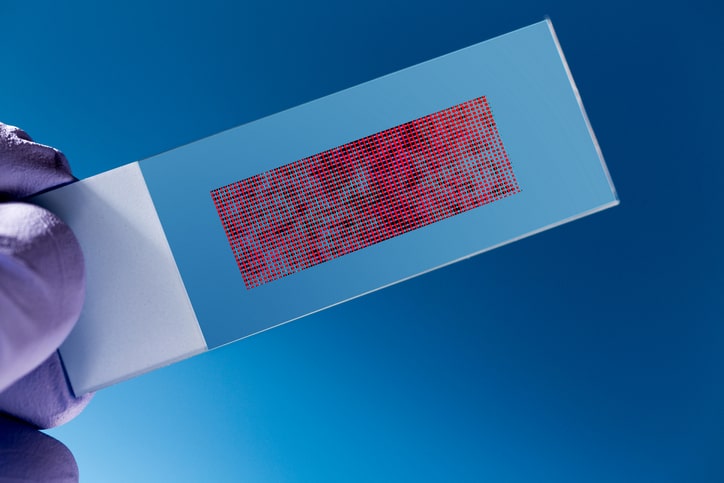
Multiplex immunoassays enable the detection of multiple different analytes in the same sample. A well-designed multiplex assay could mean that only one vial of blood might need to be drawn from a patient instead of 8 or more vials. Therefore, one multiplex test can answer multiple questions at the same time. Immunoassays capitalize upon the specific affinity between antibody and antigen. Some immunoassays use antigen as the probe in order to detect the binding of antibody target, while other immunoassays use antibody probes in order to detect antigen targets. Most immunoassays are single-plex, meaning that they can only be used to detect one antibody-antigen pair at a time; this is generally the case with most ELISA (Enzyme Linked ImmunoSorbent Assay) tests. The idea of a multiplex ELISA is attractive, and it mostly indicates a type of multiplex immunoassay that relies upon antibody-antigen binding events. The traditional ELISA is single-plex, and requires multiple binding and washing steps as well as an enzymatic system that produces a colorimetric or chemiluminiscent label as a quantitative readout of target concentration in a sample.
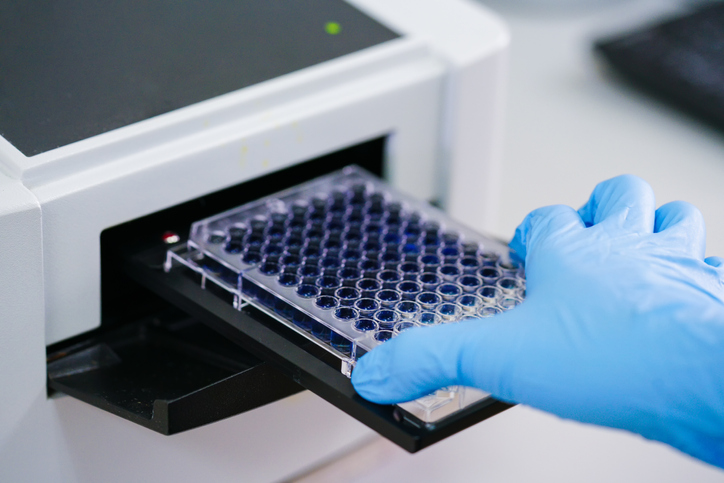
ELISA stands for Enzyme Linked Immunosorbent Assay. The immunoassay utilizes the specific lock-and-key recognition between antibodies and antigens. This recognition occurs naturally in the adaptive immune system; antibodies are created by the immune system when an antigen such as a virus or bacteria invades the body. The immune system recognizes the foreign invader and creates antibodies that specifically recognize surface proteins on the virus or bacteria. The antibodies are either attached to the surface of an immune cell or move freely through the body to tag the invader and begin a cascade of destruction and elimination. The most useful part of this process from a biotechnology and engineering perspective is the specificity of the antibody-antigen recognition.

The International Council for Harmonisation of Technical Requirements for Pharmaceuticals for Human use (ICH) was founded in 1990 as a way to standardize the introduction of new drug substances to the worldwide market. The council wrote and maintains guidelines for how new pharmaceutical products must be tested for stability and quality before they can be approved for worldwide distribution. The guidelines protect consumers and allow new therapeutic drugs to reach patients across international borders more quickly. The ICH has written guidelines for the stability testing of new drug substances and products. There is a general document known as Q1A(R2) that outlines the details of every stability test that a new drug substance must undergo before being registered. These tests examine how the drug degrades in high temperature or high humidity over time. It outlines methods for defining the mechanism of degradation for the new drug, and how to test proposed protective packaging for efficacy. A supplementary document (Q1B) contains additional details specifically about photostability testing.
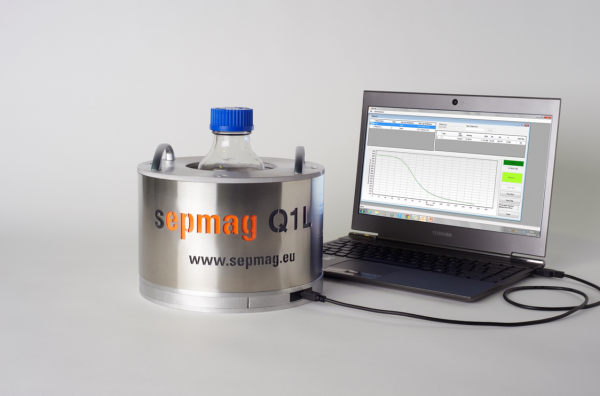
The key issue when transferring a bead coating process from the Research and Development department to the manufacturing department is scalability. It is essential to ensure that the system being utilized for a particular protocol is adaptable to larger volumes. Ideally, any scale-up would be carried out with the use of a homogeneous biomagnetic separator, as this would ensure that the conditions of the protocol are well-defined and able to be reproduced for a larger volume.
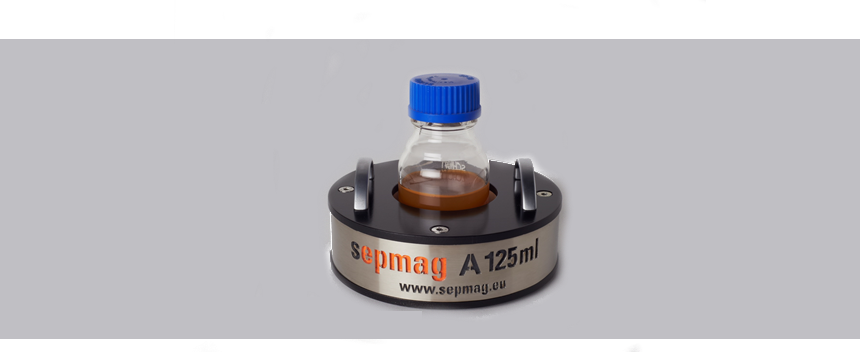
Once a protocol for coating beads is developed and put in place, it will need to be scaled up in order to meet demand. Scaling up a process, however, requires careful attention to ensure that the details of the protocol are replicated for larger volumes.
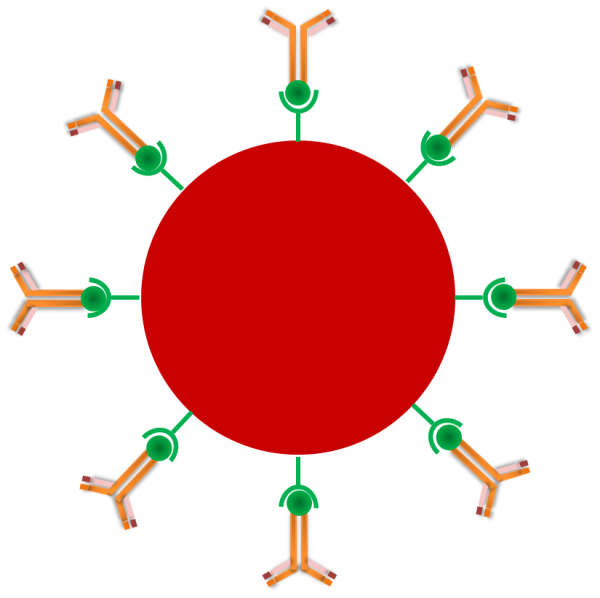
This is the last of a series of posts on pros and cons of classical covalent links, which we have been publishing during the last few weeks. This one is about 3 well-known classical covalent links: streptavidin beads, biotin, protein A and protein G.

This is the second of a series of posts on pros and cons of classical covalent links, which we will publish during the next few weeks. This one is about 3 well-known classical covalent links: tosyl, epoxy and chloromethyl groups. In the next posts we are going to review other examples, such biotin or streptavidin beads.
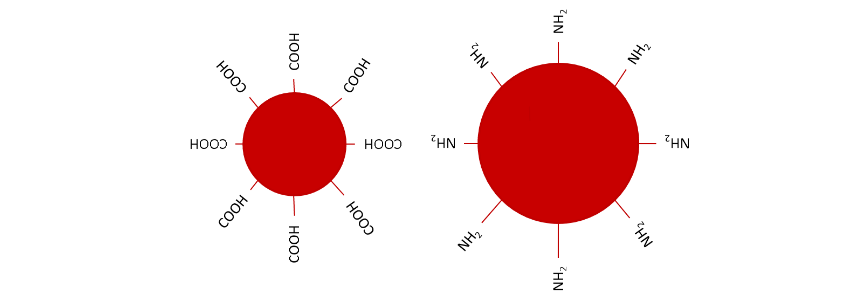
This is the first of a series of posts on pros and cons of classical covalent links, which we will publish during the next few weeks. The very first one is about 3 well-known classical covalent links: carboxyl, hydroxyl and amino groups. In the next posts we are going to review other examples, such as tosyl or streptavidin beads.

Attaching a protein to a bead can be a detailed process that requires forethought and careful planning. Generally, a molecule is attached to a particle through a surface group available on the coating of that particle, for example in the case of streptavidin beads. In cases where the attachment is covalent, it is essential to choose a binding site on the molecule that will allow for proper orientation, maximally presenting the desired site to the sample while still retaining a strong attachment between the molecule and the bead.

Preparing magnetic beads for a particular assay, such as streptavidin beads, requires the beads to be functionalized. The beads need to be attached to the biological material that will serve as a capture molecule in the application. The particular type of attachment by which a molecule is linked to the bead will depend primarily on two things: the molecule being bound and the aim of the process.

Should I use streptavidin beads or gold particles when developing my IVD kits? In order to ensure the success of a protocol, it is essential to have a clear and unbiased knowledge base and a reliable source of reference material. When trying to decide the best platform or application to use for a process, it is critical to ensure that the information on which the decision will be based is generic and factual, and not propagated as promotional data.

There are a number of reasons why a lab might want to switch from colloidal gold particles to magnetic beads (for example, streptavidin beads) in an in vitro diagnostic assay, such as swapping from optical to magnetic detection in a lateral flow format or charging the format from lateral flor to a lab automated platform. Making the shift from utilizing one nanoparticle to another, however, is not a straightforward process. There are several areas where problems may arise. There is a considerable difference, for instance, in the way gold particles and magnetic beads bind a molecule. Moreover, the methodology for applications utilizing gold particles is significantly different from that of processes that make use of magnetic beads.
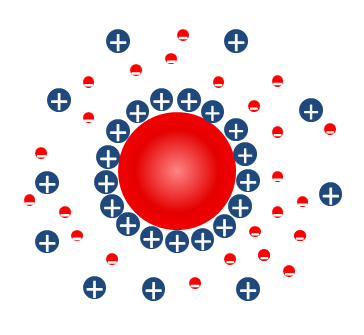
In vitro diagnostic (IVD) applications frequently make use of nanoparticles as solid-phase carriers for a given capture molecule. In order to be utilized in this manner, nanoparticles must first be coated, thereby attaching the capture molecules to the particles. There are notable differences in the way that different types of particles are coated, and this will be a significant factor in the decision to utilize one particle over another in a given assay, for example, streptavidin beads or latex particles.

Because of their significantly increased surface area and their ease of manipulation, in vitro diagnostic (IVD) assays commonly make use of nanoparticles, typically utilizing them as solid surface carriers for capture molecules. There are a number of particles that can be utilized in IVD assays. White latex particles, for instance, have traditionally been used in diagnostic tests such as immunoturbidimetry and nephelometry assays, but we find other interesting examples such as streptavidin beads.
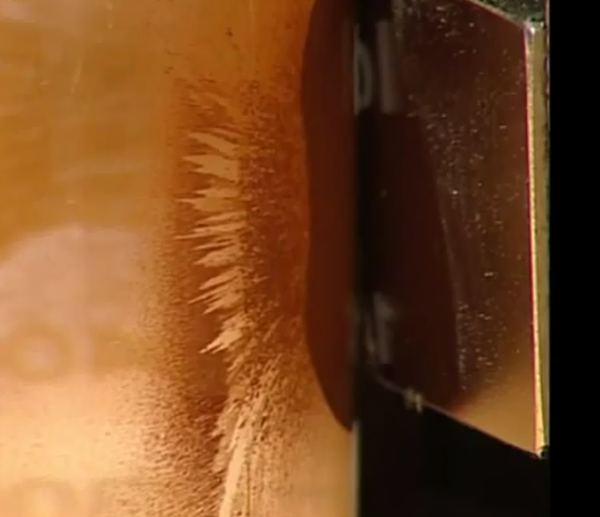
Chemiluminescent Immunoassays (CLIAs) are excellent assays for high throughput, low analyte concentration, time sensitive testing and isolation. Using magnetic beads as the reagent in a CLIA, for example coated in the form of streptavidin beads, is an easy and established technique favored among many clinical scientists.
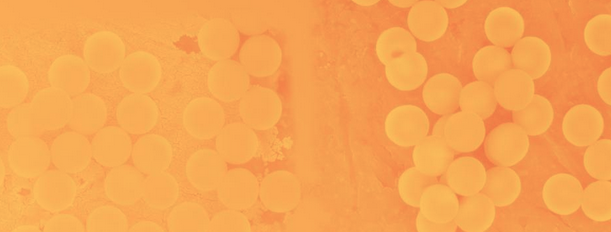
Magnetic bead suppliers vary in how they produce their product, how they deliver their product and how they guarantee their product. Some suppliers will also only provide common types of magnetic beads, such as magnetic streptavidin beads, while others will offer more specific products.
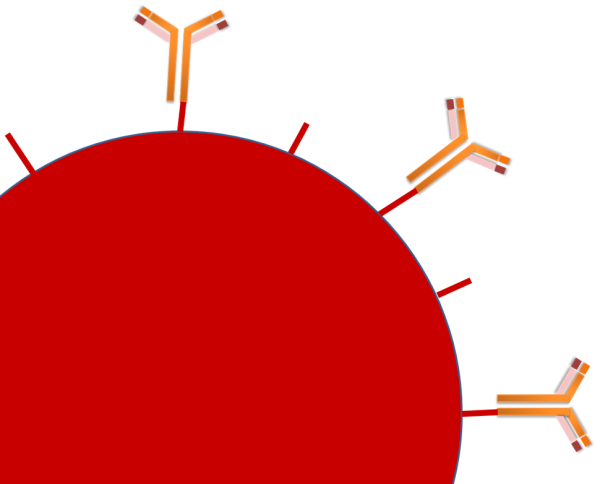
Non-specific background and auto-aggregation in chemiluminescent immunoassays are often caused by the presence of exposed hydrophobic surfaces on the magnetic beads. The use of a blocking reagents combined with gentle homogenous bio-magnetic separation will help reduce background and auto-aggregation of your coated beads.
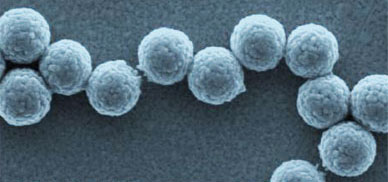
Stability of magnetic bead IVD kits over time is important and should reflect the environment that is typically encountered by their reagents. For example, if the reagents will be frozen and thawed, stability should be addressed in these conditions. Magnetic beads, such as streptavidin beads, may behave heterogeneusly in different conditions, so these should be preserved when performing stability studies.
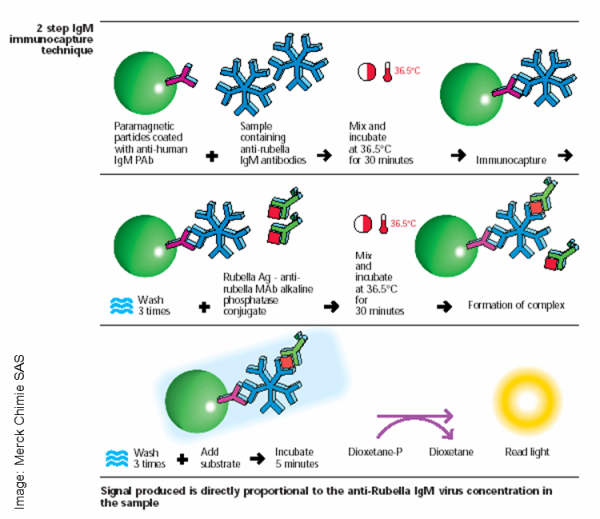
Although there are many choices you can make when determining bead surfaces, there are five predominant types of magnetic beads currently used most often by Chemiluminescent Immunoassay (CLIA) companies.
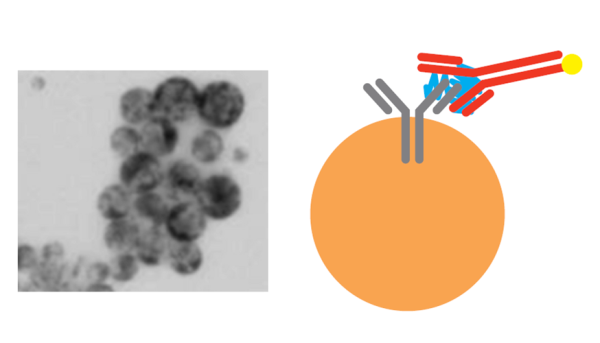
Chemiluminescent immunoassays (CLIAs) are excellent assays for high-throughput, low analyte concentration and time sensitive testing and isolation. Using coated magnetic beads, such as streptavidin beads, as the reagent in a CLIA is an easy and established technique favored among many clinical scientists.
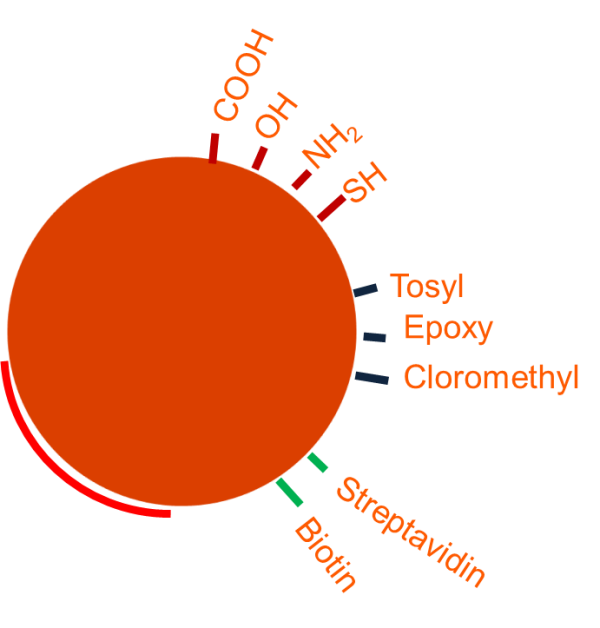
Depending on your antibody and your assay, you have a number of ways to couple your protein or antibody to the surface of your magnetic beads. Once again, forethought is important in choosing which bead surface to use. Plain surfaces, modified surfaces or pre-activated surfaces in streptavidin beads are examples of these possible choices.

When determining which magnetic microsphere to use for your CLIA, it is important to take into consideration a variety of different variables. Magnetic streptavidin beads are a well-known example of these magnetic microspheres, but there are many alternatives we must take into account.

In Chemiluminescent immunoassays, antibodies are bound to the used magnetic beads (such as streptavidin beads) in order to detect a certain analyte. However, there are different types of antibodies that behave in different ways and recognize a variety of epitopes.

When developing and using a CLIA, it is important to follow eight basic steps in order to ensure that your assay will be the most efficient and accurate that it can be. Whether we are using magnetic streptavidin beads or another type of beads, these are the steps we must follow.

Well-established classical detection methods that are packed in kit form include Radioimmunoassays (RIAs) or Enzyme Linked Immunoassays (ELISAs). These two detection methods were highly sensitive and used for a variety of biological and chemical testing. Even though RIAs are very sensitive assays, by their very nature, they are comprised of highly hazardous, radioactive reagents. The handling and disposal of RIA refuse can be difficult to regulate in the lab environment as well as expensive.
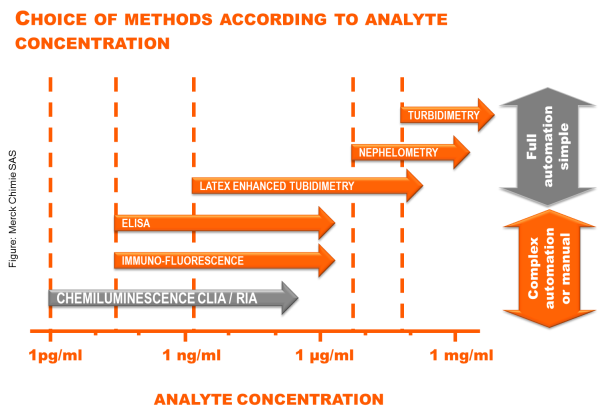
Retrieving analytes from their original sources (especially when working on proteins) can be tricky and difficult. In addition, various methods of analyte recovery are highly concentration dependent. For example, analytes can be extracted from very concentrated samples, e.g. greater than or equal to 1 mg/ml, with methods such as nephelometry or turbidmetry. Lower concentrations such as 1 ug/ml require the use of an ELISA or Immunofluorescence assays to isolate the desired analyte.


